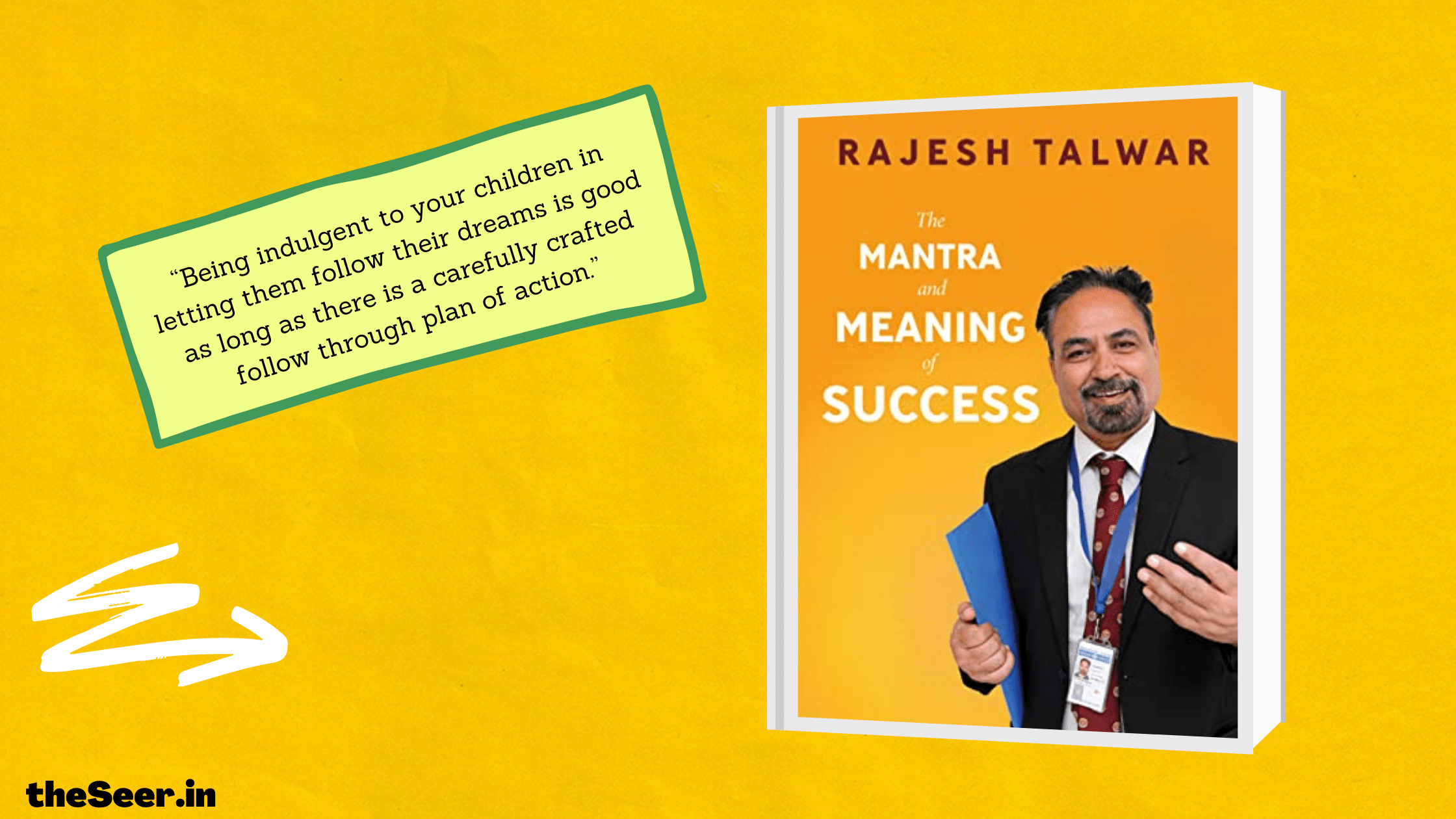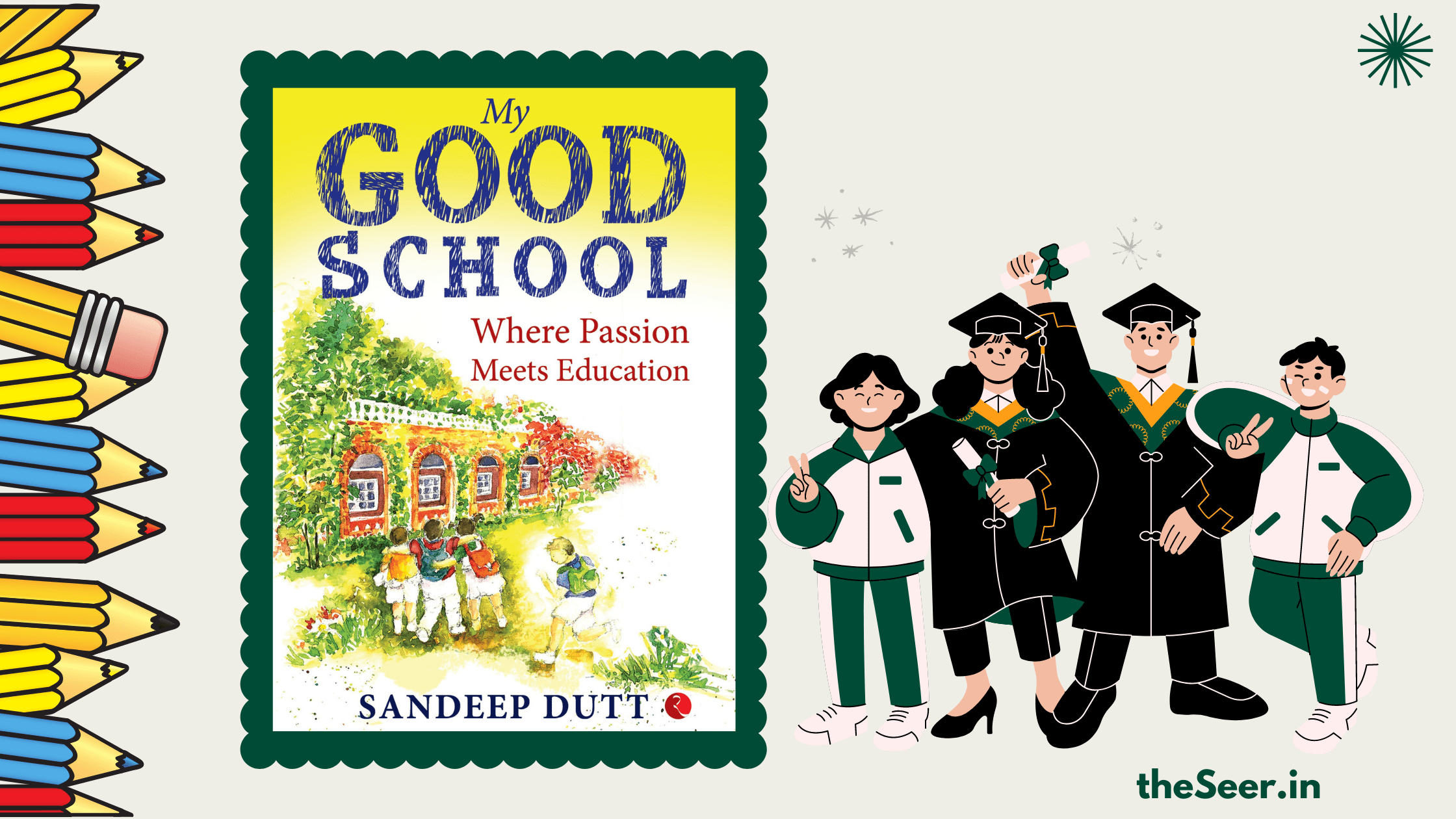Jerry Seinfeld, an American comedian and actor once said, “According to most studies, people’s number one fear is public speaking. Number two is death. Death is number two. Does that sound right? This means to the average person, if you go to a funeral, you’re better off in the casket than doing the eulogy.”
I’m sure you have heard this before. Most likely, from some celebrated speaker in an event you attended or perhaps from a public speaking trainer who wanted to underline the importance of his role in your life. The fear is real, and it takes practice to ace the craft. However, it’s also true that in today’s day and age, if you want to improve your public speaking or let’s just say in general, speaking skills, there are plenty of platforms, tools, and devices to help you out. Work, home, physical gatherings, online events, there are places you would be called upon to speak and if you keep at it, you will reach a stage where the idea of speaking won’t make you look for caskets on Amazon.
But what about ‘Listening’? How often do you come across an Instagram ad that promises to make you better at listening? We don’t have much help around, do we? In all likelihood, the only times you have been told to listen was by your parents or teachers who wanted to drill down some idea in your head when you weren’t paying attention. While speaking well garners all the fanfare, listening well goes unnoticed more often than not. However, if you take a glance at your life, maybe for a little longer than you usually do, you will find people in it who are good at listening. Yes, those are the people who have really been your support. At the same time, you would also be able to point out people who don’t really listen or aren’t interested in what you have to say. I’m sure you don’t really enjoy their company. I’m trying to establish one fact here – if you can listen well, you get the power to immediately make a difference in the lives of people around you, and thereby in your life too. There are other benefits of course but let’s just stay with this one for now.
Thankfully, there are people working in this area. One of them is Oscar Trimboli who leads the Apple Award-winning podcast Deep Listening and has written the book – ‘how to listen’. Published by Page Two, the book came out in 2022 and serves as a good guide to build up your listening skills. The subject area of the book or what it intends to help you with, can be best described using a statement from the book itself – ‘Active listeners notice what’s said. Deep listeners explore what isn’t said’.
“All problems we have are interpersonal relationship problems”, said Alfred Adler, an Austrian medical doctor, psychotherapist and the founder of the school of thought known as Individual Psychology. This and several such ideas are discussed in the book ‘The Courage to be Disliked’ by Ichiro Kishimi and Fumitake Koga. The book is composed as a conversation between ‘the philosopher’ and ‘the youth’. The philosopher here is a practitioner of the Adlerian school of thought, and the youth is supposed to present questions from the reader’s point of view. I listened to the book on Audible around last month at the same time as I was reading the paperback, How to Listen.
Several problems of human life get discussed in ‘The Courage to be Disliked’. The authors do a great job of constructing a brilliant conversation between the two participants. This book is easily one of the best self-helps I have read so far and has the power to liberate you of several of your self-designed shackles. Since we are also on listening, I can’t help but point out that the philosopher who is answering questions and counter-questions from the youth, is also a great listener. He is a good speaker, no doubt, but his ability to address the questions asked as well as the ones that remain unasked by the youth, derives from how deep he goes as a listener.
Both the books come up with several interesting ideas worth some time in your mind space and if you can pick a thing or two from them for your life, they do have the power to change your way of looking at it. While ‘How to Listen’ provides a few practical tips at the end of each chapter that you can start using right away, ‘The Courage to be Disliked’ keeps the focus on how you react or respond to problems in life and demands accountability from the ‘individual’ you.
I loved spending time with both the books, the latter one a bit more because of its solid foundation in Adlerian psychology and the expanse of themes discussed even though I would have like the youth in the book to be a little more articulate and patient than he has been shown to be. Maybe, he should have grabbed a copy of ‘How to Listen’ before his meeting with the philosopher. As for you, you should grab a copy of both these books to glean some interesting ideas for life.


















